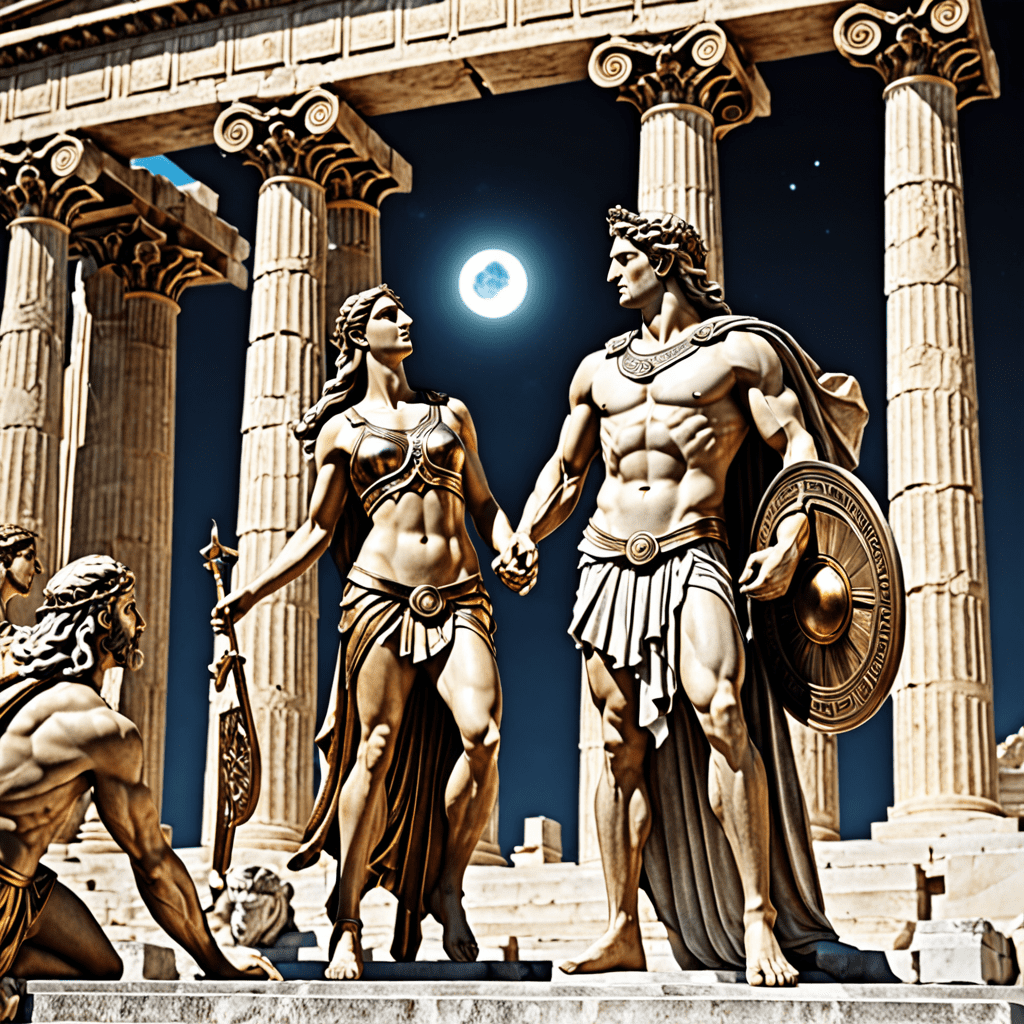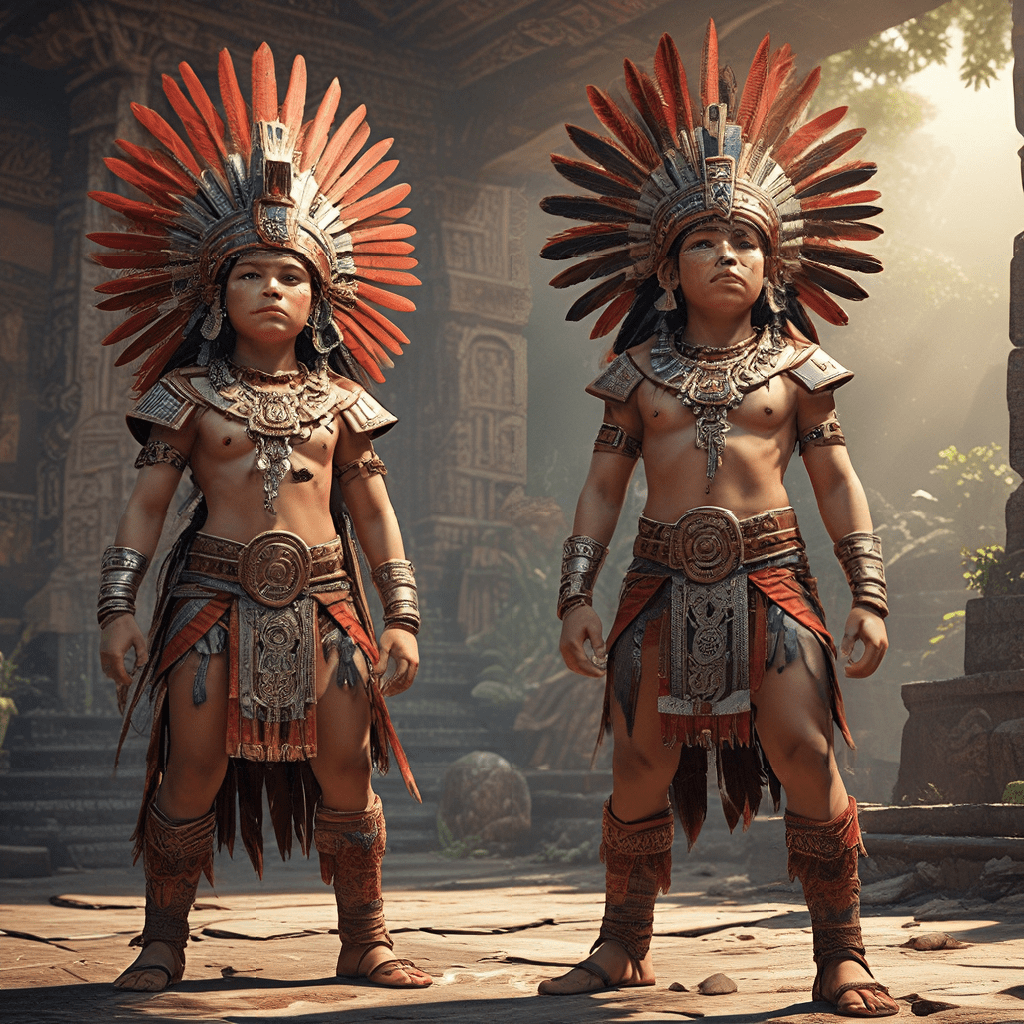The Myth of the God Bes in Egyptian Mythology
God Bes, a significant deity in Egyptian mythology, is often depicted as a dwarf with leonine features. Here, we delve into the intriguing myth surrounding Bes and explore his roles and symbolism within ancient Egyptian belief systems.
Who is God Bes?
God Bes is a unique figure in Egyptian mythology, revered for his association with protection, fertility, music, and dance. He is recognizable by his dwarfish stature, often shown with a lion’s ears and mane. Bes is depicted as a jovial and jovial and fiercely protective deity, particularly revered by women and children.
What Was Bes’s Role in Ancient Egypt?
As a guardian deity, Bes played a crucial role in warding off evil spirits and protecting households. He was also seen as a patron of childbirth, ensuring safe deliveries for women. Bes’s presence was believed to bring joy, music, and festivity, enhancing celebrations and rituals.
Symbolism and Legacy of Bes
The depiction of Bes as a dwarf with leonine features symbolizes his dual nature: the dwarf signifying his connection to the home and family, while the lion traits represent his fierce protective qualities. Despite his unconventional appearance, Bes was deeply revered in ancient Egypt and continues to intrigue and fascinate scholars and enthusiasts of Egyptian mythology today.
FAQs about the Myth of the God Bes in Egyptian Mythology
Who is Bes in Egyptian mythology?
Bes is an ancient Egyptian deity known for his playful and protective nature. He is often depicted as a dwarf with a lion’s mane, wearing a feathered headdress and holding a tambourine. Bes was believed to ward off evil spirits and bring good luck, especially in childbirth and fertility rites.
What role did Bes play in ancient Egyptian society?
Bes was a popular god associated with music, dance, and joyful celebrations. He was also revered as a guardian of households, protecting families from harm and bringing happiness and prosperity. Bes was often invoked during childbirth to ensure a safe delivery and protect both mother and child.
How was Bes worshipped in ancient Egypt?
Bes had a widespread following among the common people of Egypt. Shrines and amulets dedicated to Bes were common in households to seek his protection and blessings. Bes was also a favorite deity at festivals and ceremonies, where his playful and lively spirit was celebrated through music, dance, and revelry.
What symbols and attributes are associated with Bes?
Bes is typically portrayed with distinctive features such as a lion’s mane, a feathered headdress, and a tambourine. He is often shown in a dancing or leaping posture, emphasizing his joyful and energetic character. Bes is also



